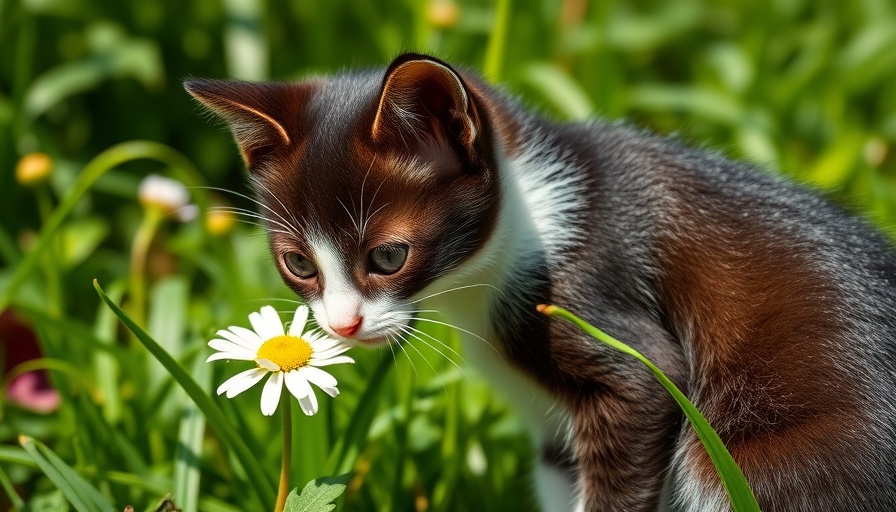
Understanding Garden Toxins: Safeguarding Our Pets
As every pet owner knows, the great outdoors can pose numerous risks to our furry friends. While gardens are often seen as a sanctuary for relaxation and play, they can also be home to a variety of toxic plants and substances that may jeopardize your pet's health. Being informed about these potential threats is crucial for ensuring your pets' safety.
Common Garden Plants That Are Hazardous for Pets
Several popular garden plants can be harmful to pets, including:
- Lilies: Highly toxic to cats, ingestion can lead to kidney failure.
- Azaleas: Even a small amount can cause vomiting, diarrhea, and potentially severe heart problems in both cats and dogs.
- Foxglove: This beautiful but dangerous plant can cause serious heart issues if ingested.
Recognizing these plants in your garden can help you take proactive steps to remove or safely manage their presence.
Everyday Items in Your Garden That Pose Risks
In addition to plants, several everyday items found in gardens can pose risks:
- Fertilizers and Pesticides: Many fertilizers and pesticides contain chemicals that can be harmful if ingested by pets. Always opt for pet-safe alternatives.
- Mulch: Cocoa mulch, made from cocoa shells, is particularly dangerous due to its theobromine content, which is toxic to dogs and cats.
- Compost: Some compost may contain moldy food or plants that can be toxic to our pets.
Being aware of these risks can help pet owners create a safe garden environment.
What to Do If You Suspect Your Pet Is Affected
If you suspect that your pet has ingested something toxic from your garden, it’s important to act quickly. Contact your veterinarian immediately or reach out to a poison control hotline for pets. Veterinary professionals can provide essential medical advice tailored to the specific toxin involved and guide you through the necessary steps to ensure your pet's health and safety.
Preventive Measures for Pet Owners
Aside from removing harmful plants, here are a few preventive measures pet owners can take:
- Regularly inspect your garden for the presence of hazardous plants or chemicals.
- Educate family and friends about which items are dangerous, ensuring consistent safety practices.
- Create designated safe areas in your garden where pets can play without risk.
- Stay informed about pets' health and potential garden toxins through credible veterinary sources.
Conclusion: A Safe Garden is a Happy Garden
Creating a safe garden environment should be a priority for every pet owner. Understanding the dangers posed by garden toxins and taking preventive measures can go a long way towards ensuring your furry friends enjoy the outdoors safely. For those looking for further information or veterinary guidance, don't hesitate to consult resources or professionals specializing in pet health.
 Add Row
Add Row  Add
Add 




 Add Row
Add Row  Add
Add 

Write A Comment